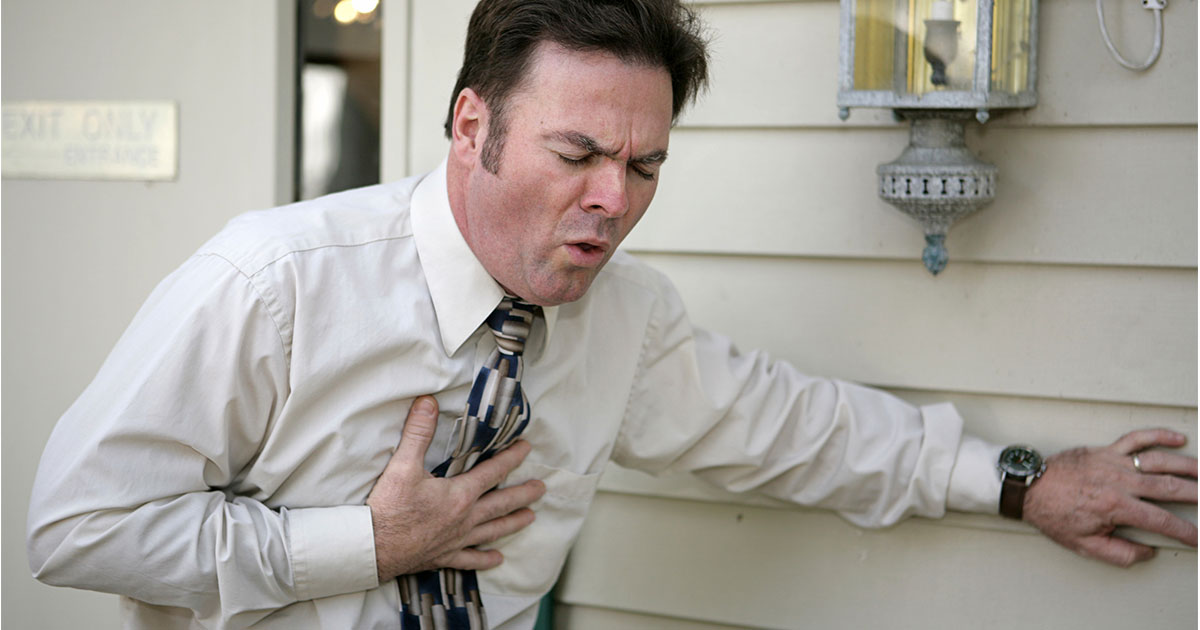COPD and Panic Attacks: Stopping an Attack Before It Starts
I'm sure most people at some stage of their lives have experienced what they might describe as a panic attack — forgetting to pay a bill, missing an appointment or running late are just some of the reasons people may panic.
However as chronic obstructive pulmonary disease (COPD) patients, panic attacks are one of the most frightening experiences you can have, as many times it is caused by not knowing where your next breath is coming from. While these episodes are frightening to deal with they can often give outsiders some insight into the life of a COPD patient.
Try breathing through a straw and you'll feel how hard it is to get air in and out. Then have someone give you a bear hug, restricting your chest even more — now you have some idea of why a COPD patient might have a panic attack. You can remove the straw and breathe normally, but a COPD patient's breathing will stay the same.
What Causes Panic Attacks?
Quite often, panic attacks in COPD patients are caused by breathlessness. Then, the panic attack only makes it worse! Being aware of how to avoid breathlessness is an important part of preventing these attacks. So ask yourself the question — why did I become more breathless?
Sometimes it can stem from an exacerbation in symptoms, or maybe you've forgotten to take your medication. Was there a trigger or something else in the air that has caused a reaction? Trying to trace back what has caused your breathlessness can often help you not only to avoid the trigger, but deal with it better if it happens again.
For me it can be as simple as a drop in temperature, smoke from a fireplace, or even having too much to eat.
Identifying the Signs
Getting to know your body is an important skill in dealing with panic attacks before and after they hit. Remember what you have learned if you took pulmonary rehabilitation classes — your triggers, breathing techniques, and coping mechanisms.
The following symptoms can be signs that a panic attack could be imminent and it's important to notice them quickly:
- Tightness of your chest
- Increased heart rate
- Shallow breathing
- Redness in the face
If you notice these symptoms it's time to take action to lessen their impact. Anyone with a respiratory disease should have a management plan to deal with episodes. This can be done in consultation with your doctor and designed so you can follow through simple steps without panicking.

